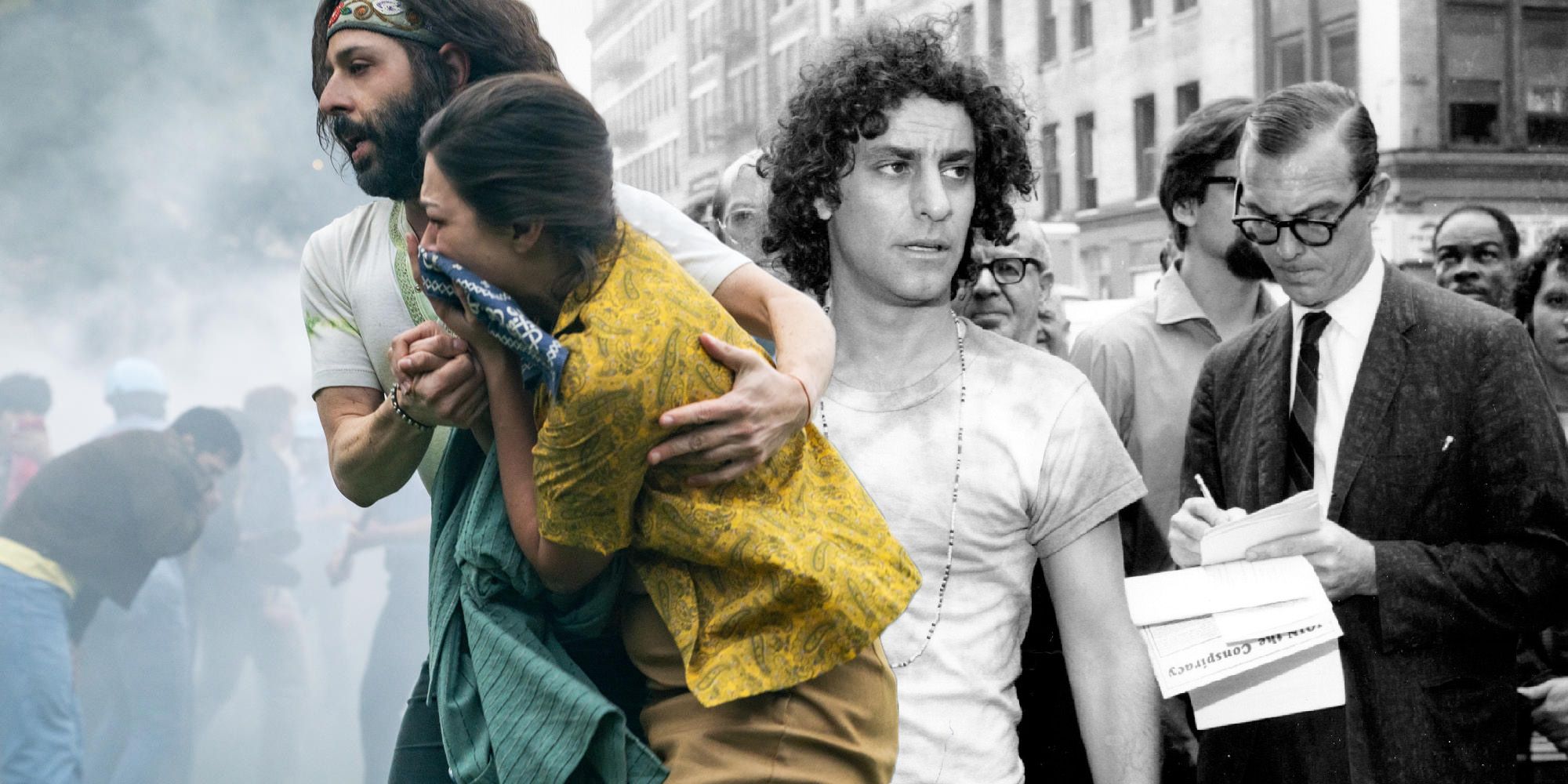
Aaron Sorkin's Netflix courtroom drama The Trial of the Chicago 7 is based on the true story of a chaotic and tumultuous five-month trial that began in 1969, when a group of protest leaders were charged with conspiring to incite a riot during the 1968 Democratic National Convention. Though many of the events of the film might seem unbelievable - particularly the actions of Frank Langella's Judge Julius Hoffman - if anything the real trial was even wilder than the movie.
Made particularly timely by the recent mass protests against police brutality across the United States, The Trial of the Chicago 7 stars an ensemble cast that includes Sacha Baron Cohen and Jeremy Strong as Youth International Party leaders Abbie Hoffman and Jerry Rubin, Yahya Abdul-Mateen II as Black Panther leader Bobby Seale, Joseph Gordon-Levitt as prosecutor Howard Schultz, and Mark Rylance and Ben Shenkman as defense attorneys William Kunstler and Leonard Weinglass. The other defendants were Tom Hayden (Eddie Redmayne), Rennie Davis (Alex Sharp), David Dellinger (John Carroll Lynch), John Froines (Danny Flaherty) and Lee Weiner (Noah Robbins).
The real trial of the Chicago 7 was outrageous enough that it barely needs any dramatization, but Sorkin nonetheless includes a few embellishments in his retelling of the famous court case. Here's what's true, and what was changed, in The Trial of the Chicago 7.
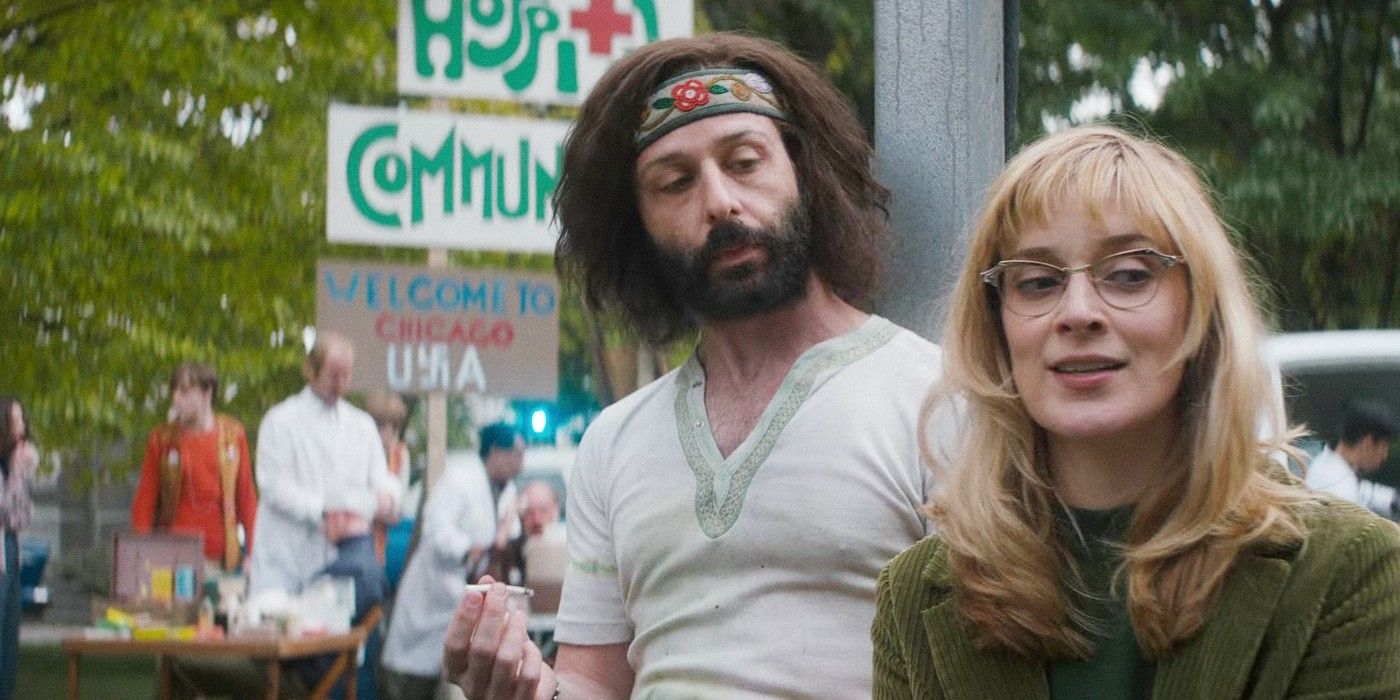
Caitlin Fitzgerald's character, Agent Daphne Fitzgerald, was invented for The Trial of the Chicago 7, as Jerry Rubin was not really seduced by a female undercover agent. There were three intelligence agents who infiltrated the protesters and testified during the trial, and the closest equivalent to Daphne in real life was Robert Pierson, who became a bodyguard for Rubin. Pierson grew his hair and beard out for his undercover role, dressing up as a biker and blending in with members of a motorcycle gang (his court transcript contains the memorable statement, "I was with a fellow known as Gorilla who headed a motorcycle gang, and another fellow by the name of Banana"). Thanks to his position as Rubin's bodyguard, Pierson was able to overhear and later repeat many of the conversations among the "Yippies."
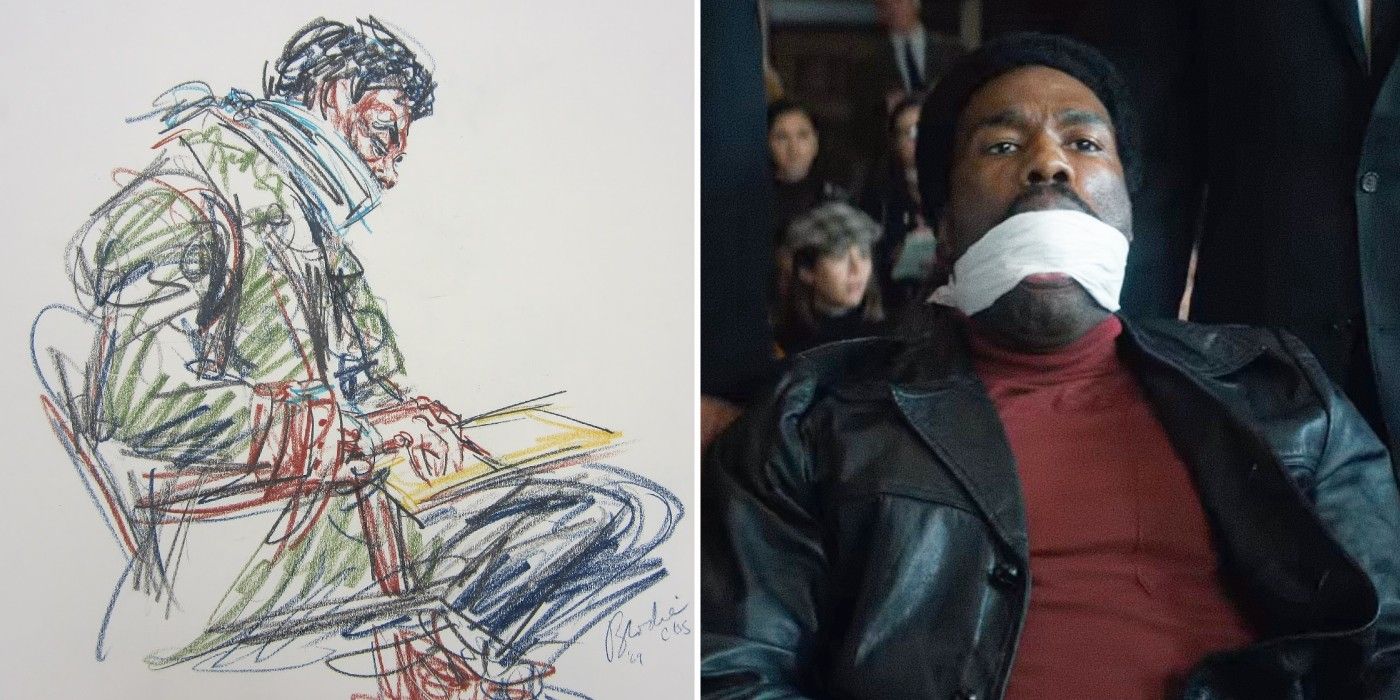
The Trial of the Chicago 7 considerably shortens the amount of time for which Bobby Seale was bound and gagged on the orders of Judge Hoffman. Almost immediately after Seale is brought back into the courtroom in his shocking restraints, Schultz calls for a mistrial. In reality, Seale appeared bound and gagged for three days of the trial before a mistrial was finally called and the Chicago 8 became the Chicago 7. Though no cameras were allowed in the courtroom, the sketches of Seale wearing his gag were widely publicized and caused a great deal of outrage. Despite his restraints Seale continued to try to speak up, making noises through his gag and attempting to write messages on a piece of paper. At one point Mr. Kunstler declared "This is no longer a court of order, Your Honor, this is a medieval torture chamber" - for which he received one of his many contempt of court citations from Judge Hoffman.
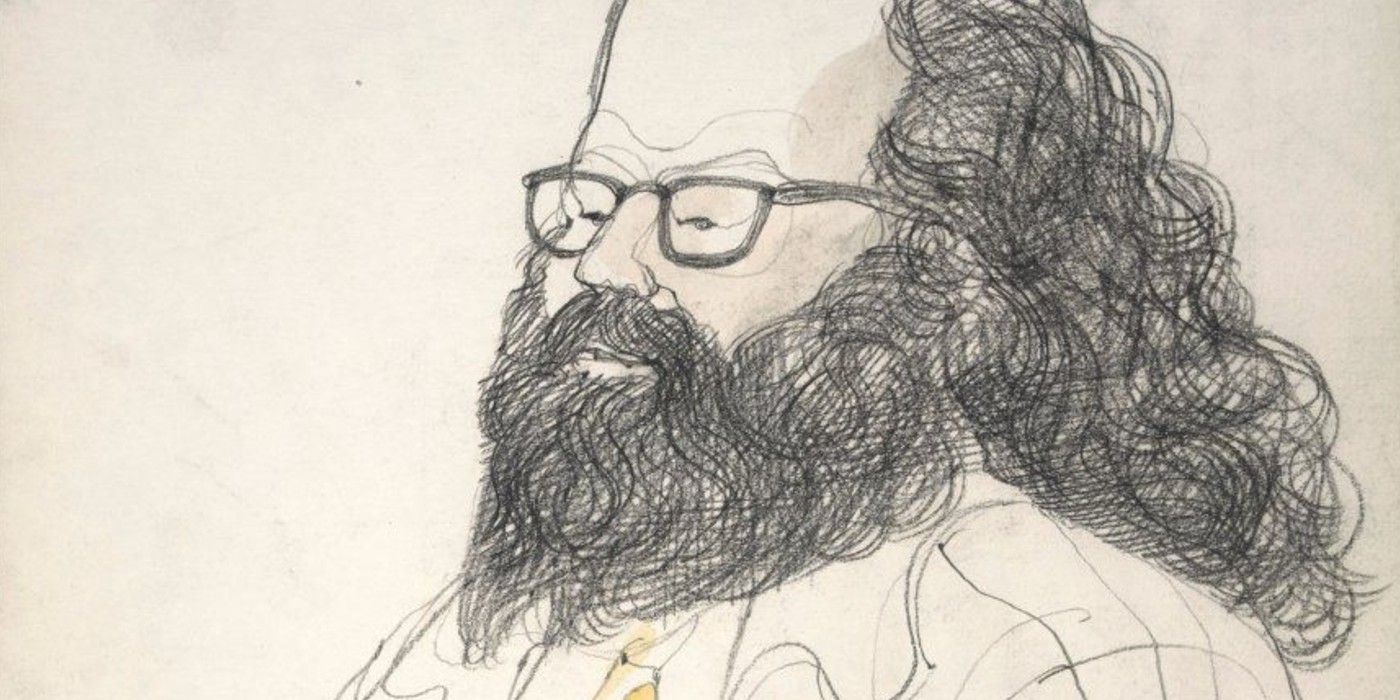
A number of high-profile witnesses who were put in the stand in the real trial are left out of The Trial of the Chicago 7 - among them, poet Allen Ginsberg (who is shown in the film chanting during a protest march), writer Norman Mailer, folk singers Judy Collins and Arlo Guthrie, and comedian Dick Gregory. During one of the many heated exchanges between Judge Hoffman and Mr. Kunstler, Ginsberg (pictured above in a courtroom sketch) started humming the Buddhist chant "Oommmmm." Judge Hoffman ordered him to leave the witness stand, and Kunstler suggested that Ginsberg had been trying to get them to calm down. "I need no calming down," Judge Hoffman retorted.
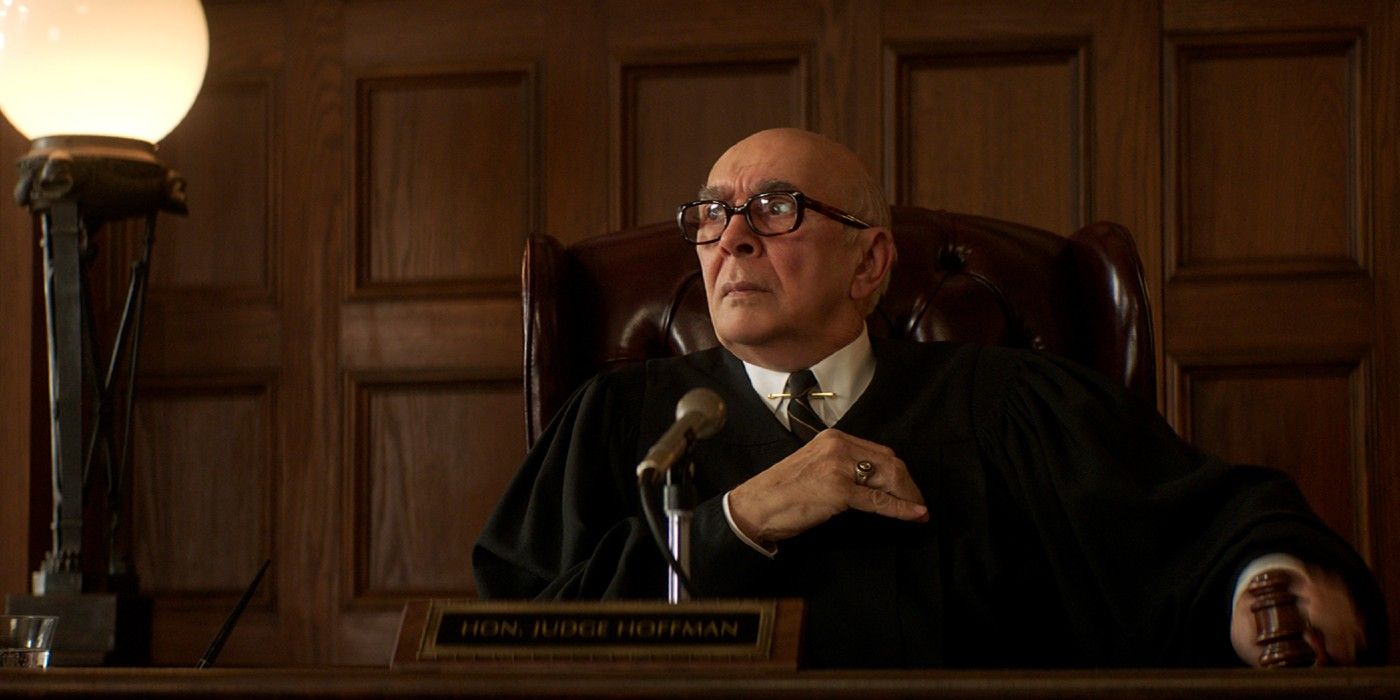
Judge Julius Hoffman frequently hands out contempt of court charges in The Trial of the Chicago 7, but if anything the film downplays the number of contempt charges. By the end of the trial the defendants and their lawyers had been charged with 175 contempt of court citations, for everything from disrespectful argumentation to laughing, blowing kisses, and correcting Hoffman when he mispronounced names. The Seventh Circuit Court of Appeals declined to sentence based on the contempt charges, and reversed Hoffman's other convictions. The court of appeals found that the judge had demonstrated a "deprecatory and often antagonistic attitude toward the defense," in a way that may have unduly biased the jury against the defendants:
"Most significant, however, were remarks in the presence of the jury, deprecatory of defense counsel and their case. These comments were often touched with sarcasm, implying rather than saying outright that defense counsel was inept, bumptious, or untrustworthy, or that his case lacked merit. Sometimes the comment was not associated with any ruling in ordinary course; sometimes gratuitously added to an otherwise proper ruling; nearly always unnecessary. Taken individually any one was not very significant and might be disregarded as a harmless attempt at humor. But cumulatively, they must have telegraphed to the jury the judge's contempt for the defense."
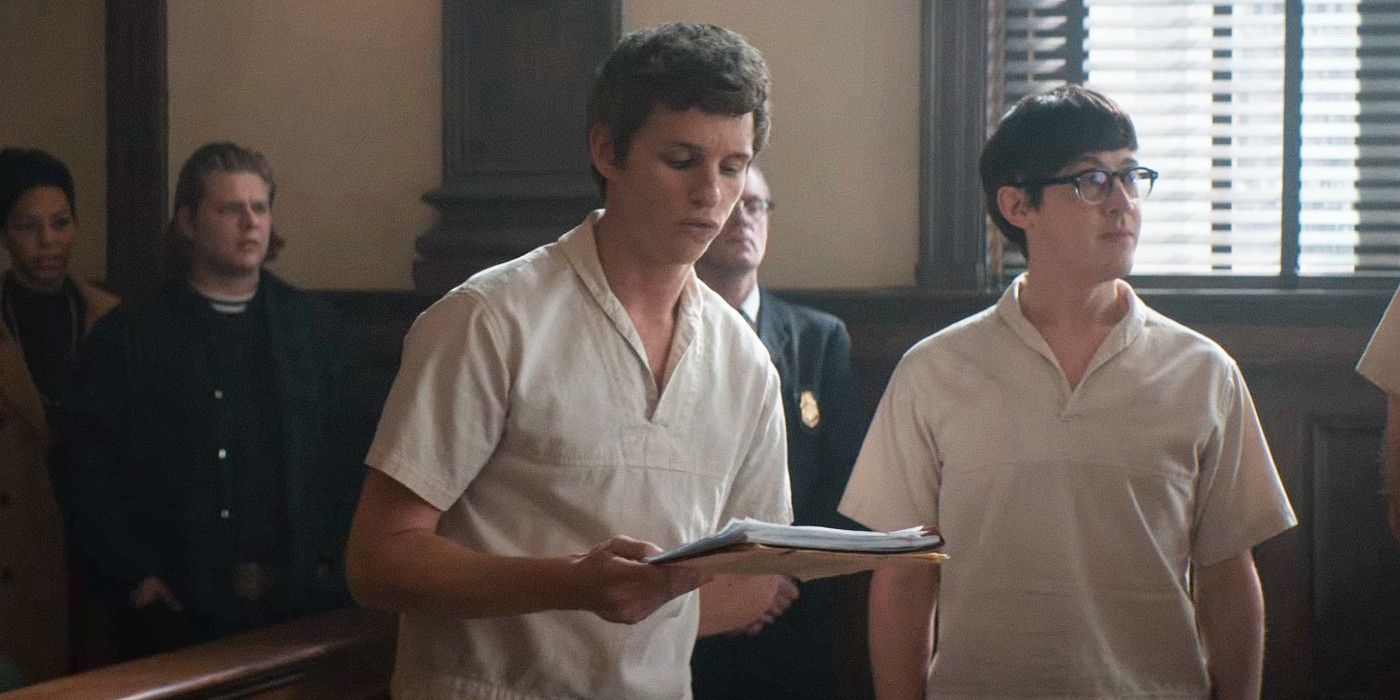
The Trial of the Chicago 7's ending has divided critics and viewers, with Eddie Redmayne's Tom Hayden defiantly beginning to read aloud the names of almost half a million American soldiers killed in the Vietnam War. As Judge Hoffman bangs his gavel impotently, most people in the courtroom - including Howard Schultz - rise out of respect for the dead. Whether you find this scene triumphant or cheesy, it's only very loosely based on the true story. The names were actually read much earlier on in the trial rather than during sentencing, during the Vietnam Moratorium Day of Oct. 15, 1969. It was Dellinger who read out the names, rather than Hayden, and Hoffman only permitted a handful of names to be read before he shut Dellinger down. The defendants also placed American and South Vietnamese flags on the table, which Hoffman ordered to be removed.
While the reading of the names might be a satisfying ending to the film, it's a pity that Sorkin didn't include William Kunstler's real closing remarks in his summation of the defense, in which he quoted from Clarence Darrow's 1920 defense of the Communist Labor Party:
"When a new truth comes upon the earth, or a great idea necessary for mankind is born, where does it come from? Not from the police force, or the prosecuting attorneys, or the judges, or the lawyers, or the doctors. Not there. It comes from the despised and the outcasts, and it comes perhaps from jails and prisons. It comes from men who have dared to be rebels and think their thoughts, and their faith has been the faith of rebels.
"What do you suppose would have happened to the working men except for these rebels all the way down through history? Think of the complacent cowardly people who never raise their voices against the powers that be. If there had been only these, you gentlemen of the jury would be hewers of wood and drawers of water. You gentlemen would have been slaves. You gentlemen owe whatever you have and whatever you hope to these brave rebels who dared to think, and dared to speak, and dared to act."
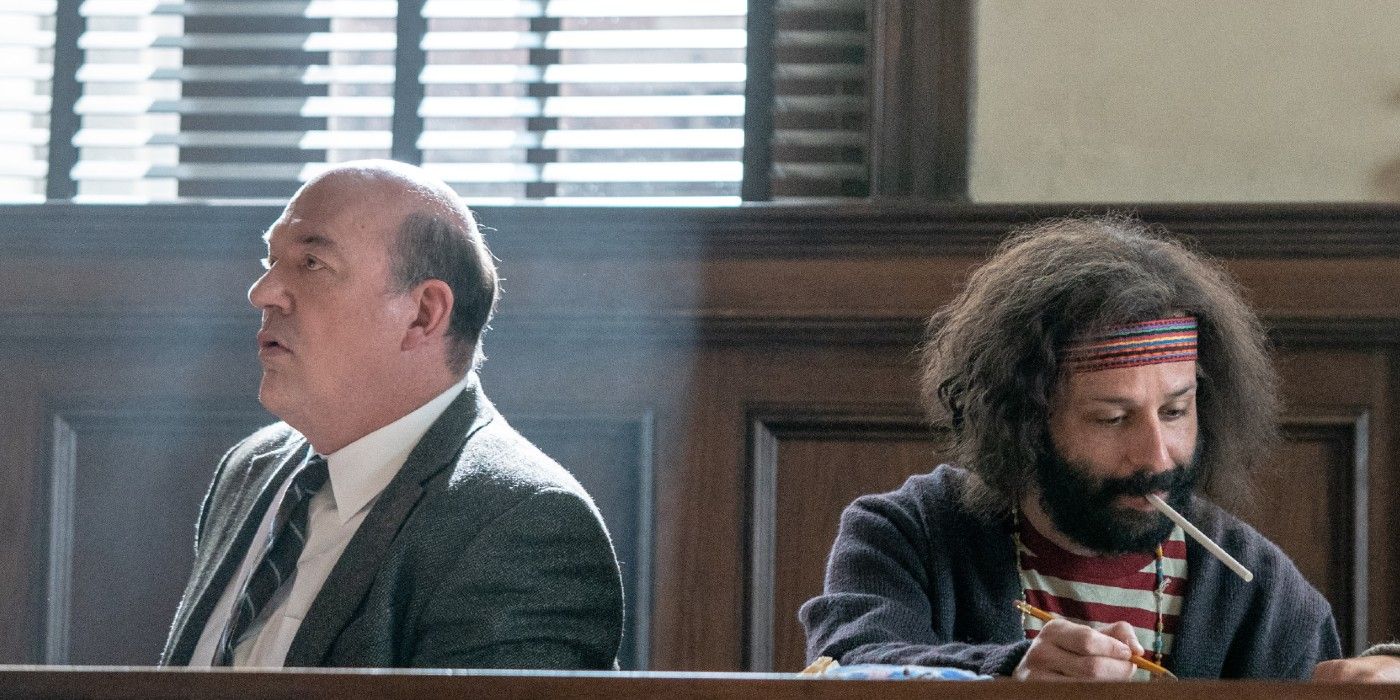
During one dramatic moment in The Trial of the Chicago 7, staunch pacifist David Dellinger punches a bailiff after losing his temper during a protest against Judge Julius Hoffman's conduct. He is immediately regretful for breaking from his principles, and apologizes for hitting the man. This never actually happened in the real trial, as Dellinger was extremely serious about abstaining from all violence. However, the scene is reminiscent of the moment in Dellinger's life when he decided to become a pacifist. While he was a student at Yale University, a skirmish broke out between Yale students and New Haven "townies," and Dellinger hit a man and knocked him unconscious. He later recalled:
''I shall never forget the horror I felt the instant my fist struck solid flesh. When my victim fell, I dropped to my knees, lifted his head and I cradled him until he came to. I walked him home. I never saw my enemy again.''
As noted in The Trial of the Chicago 7, Dellinger was literally a Boy Scout leader and quite an incongruous figure alongside the students and Yippies who made up the rest of the defendants. Along with four of the others he was convicted of crossing state lines to incite a riot, but the conviction was overturned.
from ScreenRant - Feed https://ift.tt/2IHMhxV





No comments: